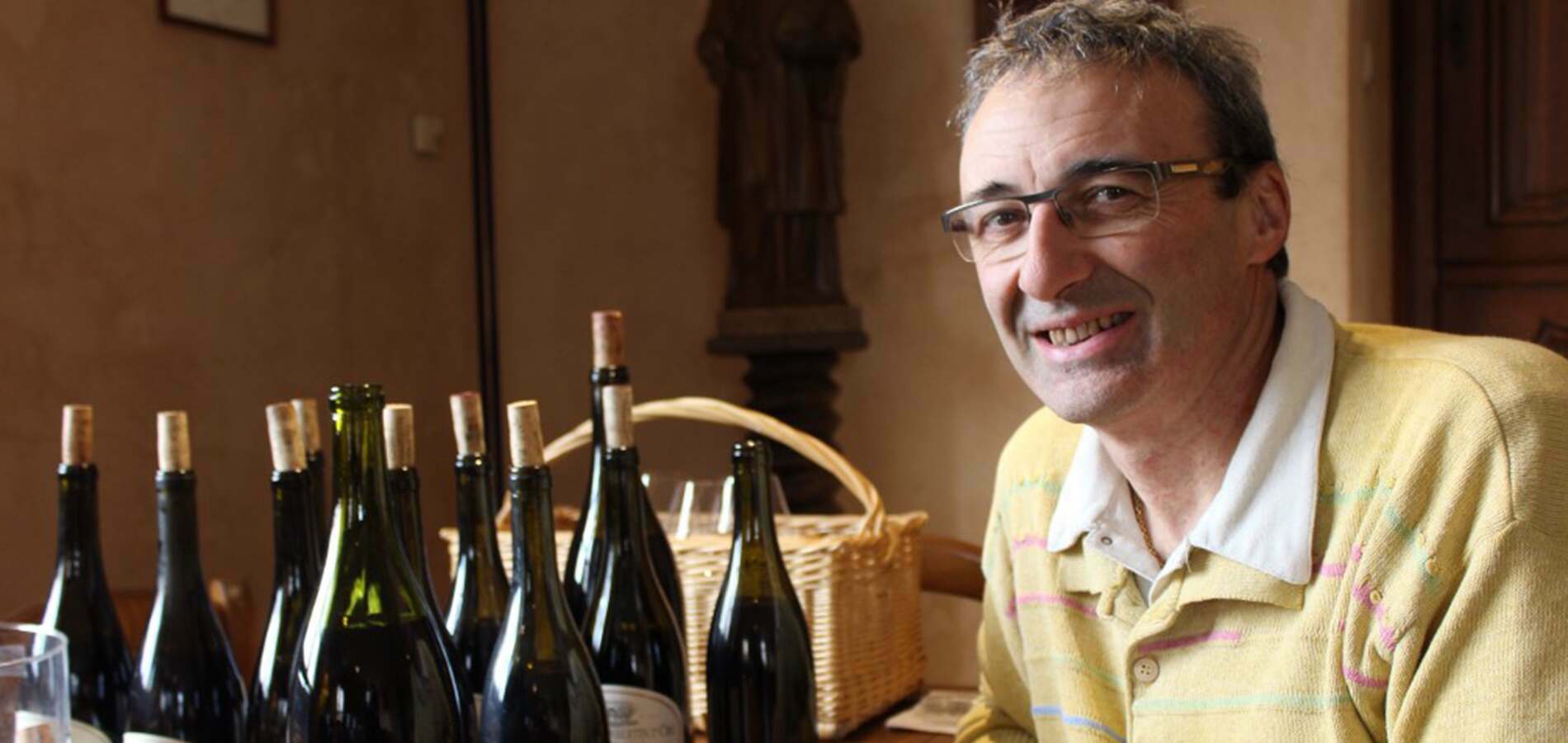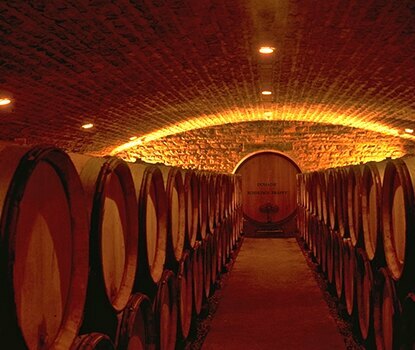Domaine Rossignol-Trapet En Primeur 2020
THE DOMAINE
Domaine Rossignol-Trapet was established in 1990.

This followed the marriage of Jacques Rossignol, of a Volnay winemaking family, to Mado Trapet, Jean-Louis Trapet’s aunt. The Trapet holdings were divided when the sons of both families – David and Nicolas Rossignol and Jean-Louis Trapet – returned from their studies.
In 2005, Nicolas and David began conversion to biodynamic viticulture. The vineyards were certified organic and biodynamic in 2008. The cellar, which is partly subterranean, was built in 1983. A row of lights around the cellar walls indicates ground level. The water table lies almost immediately beneath the cellar, ensuring a high level of natural humidity.
THE WINES

THE 2020 VINTAGE AT DOMAINE ROSSIGNOL-TRAPET
Partial whole-bunch fermentation is used here (see the notes for the detail). Wines are not racked after the malolactic conversion, which is always finished by the end of November. The proportions of new oak are around 25% for the premiers crus and 40-50% for the grands crus. Barrels, from François Frères, Rousseau and Chassin, receive a medium-long toast and are dried for 36 months.
We tasted the 2020s with David Rossignol (and his daughter, who was visiting during a break in her studies). David pointed to the beneficial effects of the pre-harvest rain. Picking here started on 8th September, some five days later than others in Gevrey.
GEVREY-CHAMBERTIN VIEILLES VIGNES
This is a selection from just over five hectares of 50-85 year old vines, across eight different parcels, with light gravelly soils. Dark berries with a sweet-fruited intensity of aroma. The palate is cool and focused on the entry, firm, fine tannins framing the rich blackberry fruit. 50% whole bunch fermentation, 10% new oak. This is the domaine’s highest production cuvée: 15-20,000 bottles per year are made.
Corney & Barrow Score 17.5-18
Recommended drinking from 2025–2034
BEAUNE 1ER CRU LES TEURONS
This 1.2 hectare plot, planted in 1978, is on the high part of Teurons, a well-sited parcel close to the woods, next to Aux Cras. A stony, iron-rich red soil, with a cliff on the western side of the slope, which reflects the sun and along with the trees, serves to protect the vines, makes for early ripening. Dark, ripe berry fruits, with a white peppery spice and a floral, sappy lift to the juicy, stony-mineral precision. Really good. 15% new oak, with 50% whole bunch vinification.
Corney & Barrow Score 17.5
Recommended drinking from 2025–2033
GEVREY-CHAMBERTIN 1ER CRU CLOS PRIEUR
This comes from a 0.25 hectare plot planted in 1986, just down the slope and across the road from Mazis-Chambertin. Deft whole bunch spices, tea leaves and deep, dark berries, with mouth-watering freshness and very fine, delicately fruit-coated tannins. The finish is so fine and linear – wonderful wine. Around 50% whole bunch vinification.
Corney & Barrow Score 18
Recommended drinking from 2026–2036
GEVREY-CHAMBERTIN 1ER CRU PETITE CHAPELLE
Petite Chapelle has a 1.5m deep layer of top-soil and, in David’ words, is “full of clay”. This is a 0.5 hectare holding. Sweet spices and aromas of blueberry, clove and red and black berries. The palate is detailed and peppery, building in intensity from a cool entry to a fleshy, delectable blackberry-fruited mid. Around 50% whole bunch vinification and 25% new oak.
Corney & Barrow Score 18+
Recommended drinking from 2026–2040
CHAPELLE-CHAMBERTIN GRAND CRU
The domaine’s Chapelle-Chambertin comes from two parcels – En la Chapelle (planted in the 1960s) and Les Gémeaux (planted in 1924). Both are warm sites, directly below Clos de Bèze, with a mere 50 centimetres of soil above the rock. It is slightly earlier-ripening than the other grands crus. The soil consists of layers of rock, with holes into which the roots can penetrate. A darkly-fruited nose, with whole-bunch aromatic spices. The palate is cool and focused on the entry, with a briny, stony-mineral core and fresh, salty lift. Peppery and fine. Around 50% whole-bunch vinified.
Corney & Barrow Score 18+
Recommended drinking from 2026–2040+
LATRICIÈRES-CHAMBERTIN GRAND CRU
One parcel here dates from the 1930s and another was planted after the 1956 frost. True to form, Latricières is the most aromatically expressive of the grands crus. Whether this is due to its breezier, less protected aspect, who knows, but this is soaringly pretty. Aromas of rose, lavender, white pepper and tea leaf spice. The palate is so light on its feet, dancing across the tongue, with playful violet aromatics and pure raspberry fruit. 40-50% whole bunch vinified. Loved this – 2020 seems to have suited Latricières fabulously.
Corney & Barrow Score 19
Recommended drinking from 2026–2040
CHAMBERTIN GRAND CRU
This comes from two parcels in the centre of Le Chambertin, simply known as ‘north’ (a third) and ‘south’ (two thirds), at around 300 metres of altitude. The soil here is a metre deep. Wild blackberry, bitter cherry, ground pepper and cedary spice. The palate reverberates with energy, the dark- and red-berried flavours soaring in the mouth thanks to sappy freshness and stony-mineral tension. Very fine yet powerful tannins emerge on the back palate. 50% whole bunch fermentation.
Corney & Barrow Score 19
Recommended drinking from 2028–2050
